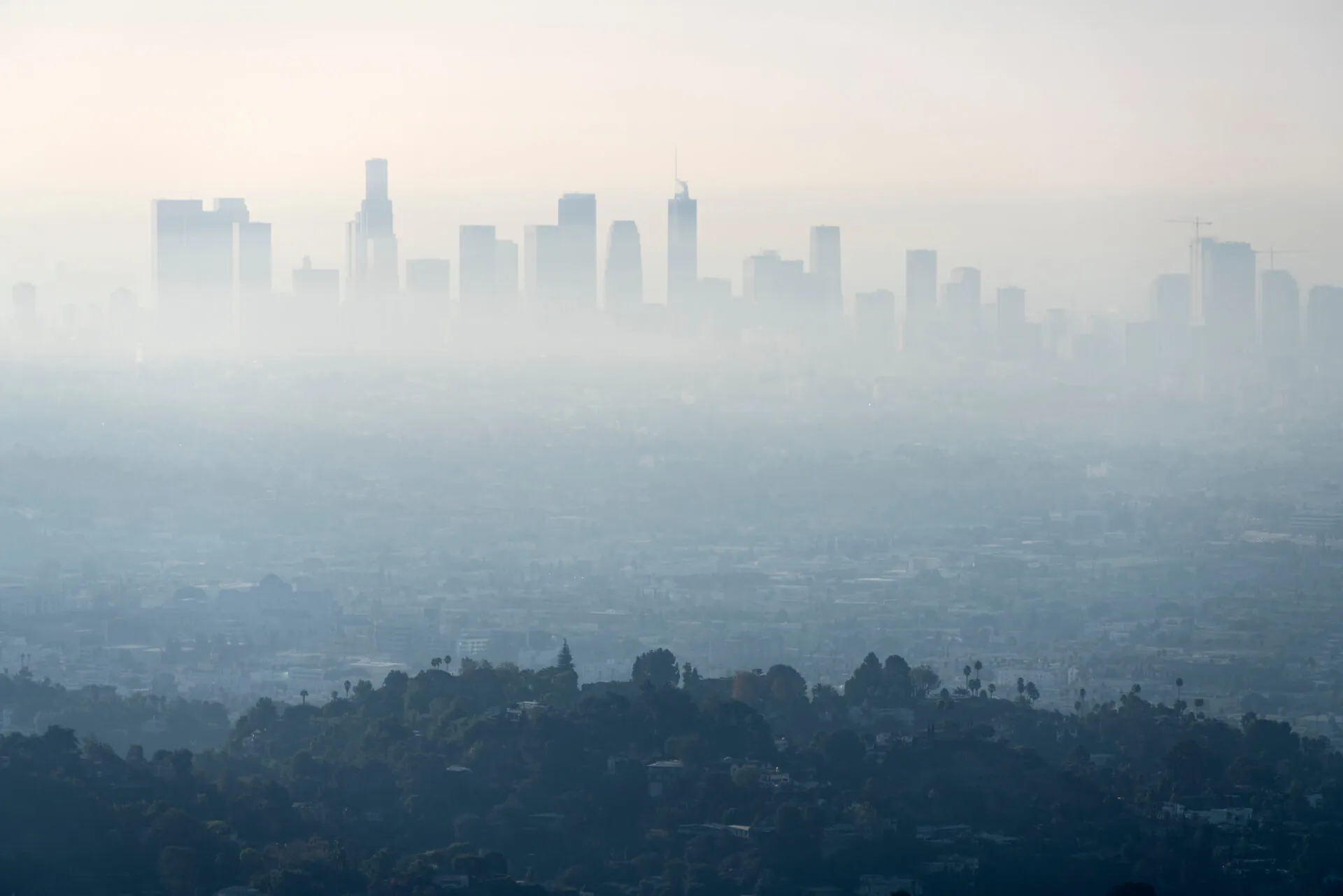
ASHRAE Announces Groundbreaking Standard to Improve Indoor Air Quality
The American Society of Heating, Refrigerating and Air-Conditioning Engineers (ASHRAE) recently approved groundbreaking new guidelines, ASHRAE Standard 241, to reduce the risk of disease transmission in indoor spaces. This standard is a breakthrough in public health and has the potential to drastically reduce the spread of contagious illnesses in places like schools, office buildings, and healthcare facilities.

What Does ASHRAE Standard 241 Mean?
ASHRAE Standard 241, Control of Infectious Aerosols, establishes minimum requirements to reduce the risk of disease transmission by exposure to infectious aerosols in new buildings, existing buildings, and major renovations. Standard 241 provides requirements for air system design, installation, operation, and maintenance.
Standard 241 sets requirements for equivalent clean airflow, the rate of pathogen-free airflow into occupied areas of a building that would have the same effect as the total of outdoor air, filtration of indoor air, and air disinfection by technologies such as germicidal ultraviolet light (GUV).
This approach allows flexibility to select combinations of technologies to follow the standard that best satisfies economic constraints, practical limitations, and sustainability goals. The standard requires all areas where people gather to have air cleaning systems specifically designed to reduce airborne contaminants, such as bacteria and viruses.
Equivalent Clean Airflow with ASHRAE Standard 241
(numbers are CFM/occupant)| Vertical | Old Standards 62.1/170 | New Standards 241 | % Increase or Multiple |
| Education | 2.8-3.5 | 8.3 | 2.4-3.0x |
| Healthcare | Exam Room – 6 Patient Room – 4 Waiting Room – 12 | Exam Room – 8 Patient Room – 24 Waiting Room – 40 | Exam Room – 33% Patient Room – 6x Waiting Room – 3.3x |
| Office | 0.5 | 1.3 | 2.6x |
| Other | Public Assembly – 5.4 Religious – 4.4 | Public Assembly – 20 Religious – 24 | Public Assembly – 3.7x Religious – 5.5x |
How Can Upper-Room GUV Help Meet ASHRAE Standard 241?
It’s important to note that the new ASHRAE Standard 241 presents a new formula for calculating equivalent Outdoor Air, which represents a change in both the target CFM per occupant and the math to achieve that target. In the old 62.1 standard, only true outdoor air brought in by the HVAC system could achieve the target. In the new 241 standard, equivalent clean airflow accounts for true outdoor air plus clean air delivery from filtration both induct and in-room, UV-C, and other mitigations. While there are numerous approaches to meet the new ASHRAE standard, in-room UV-C is the most practical and effective.
Typical HVAC systems achieve 2-3 ACH, operating at 70-80% capacity. Forcing them to run at 100% only achieves 3-4 ACH, well below the new Standard for most space types. Most portable air filters found in HVAC systems are inadequately sized for the volume of air they clean.
Typical filters add 1-3 ACH, meaning you would need to deploy multiple noisy and obstructive devices to clean the air adequately.
Rather than moving, filtering, and otherwise treating air, upper-room GUV disinfects large volumes of air at once using light. In this way, it can efficiently add more than ten eACH to a space, which is the equivalent of changing the air in a room every six minutes with a single device.
Additionally, upper-room systems can be easily added to the plans for a new building or retrofitted into an existing building, unlike HVAC upgrades which take months, if not years, to complete across a large building or campus.
R-Zero’s Beam provides the clean air required by ASHRAE’s new standard while consuming 95% less energy than HVAC solutions and being more cost-efficient than HEPA solutions. This makes upper-room GUV a more sustainable and cost-effective option for providing clean air.
The Importance of Clean Air
This new standard is a reminder of the importance of investing in clean air for employees and patrons of businesses, healthcare facilities, schools, and other organizations. By investing in indoor air quality, organizations can demonstrate their commitment the people that occupy their spaces.
ASHRAE Standard 241 is the first step to improving indoor air quality. ASHRAE’s official recognition that clean air practices to date are not acceptable begins the journey. The tide is changing. You’ll hear more about this in the coming years and decades. Enhanced air cleaning, like UV-C, will be the norm.
More posts you might like
-

3 Key Takeaways from AHR Expo 2025: What’s Shaping the Future of HVAC
The 2025 AHR Expo brought together HVAC industry leaders, innovators, and professionals to showcase the latest advancements in heating, ventilation, and air conditioning. Here are the key insights that stood out from our team on the ground. 1. Smart Technology is Enhancing, Not Replacing, Traditional HVAC A significant shift observed at this year’s expo is […]
-

Webinar Recap: Redefining Energy Efficiency
As commercial energy costs continue to rise, building operators are looking for faster, cost-effective solutions to reduce waste and improve efficiency. Heating, Ventilation, and Air Conditioning (HVAC) systems account for nearly 60-70% of total building energy consumption, making them one of the largest opportunities for savings. However, traditional HVAC systems often operate on outdated schedules, […]
-

Wildfire Smoke: Understanding the Impact on Indoor Air Quality
As we face yet another intense wildfire season, with significant events already impacting regions across the country, the challenges to air quality, both outdoors and indoors, are more pressing than ever. Wildfires contribute up to 50% of “ultrafine” particles in the air; tiny pollutants that can travel hundreds of miles and infiltrate indoor spaces, affecting […]

